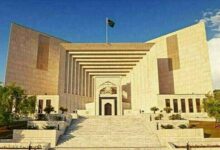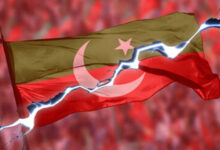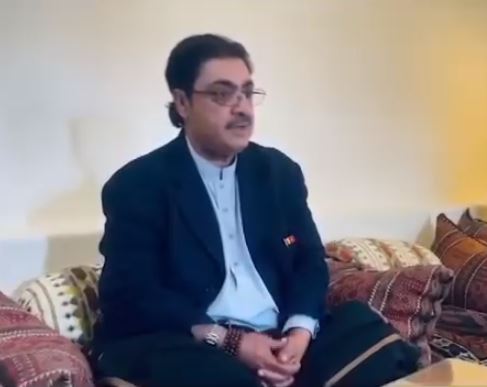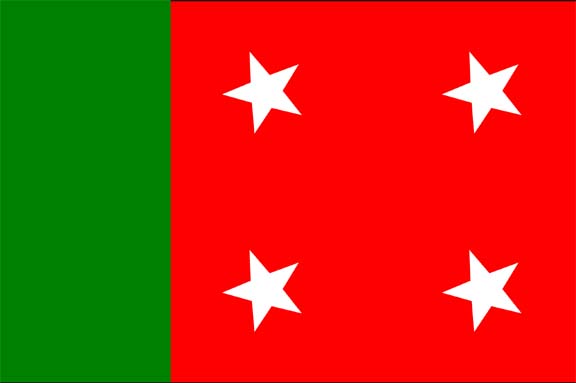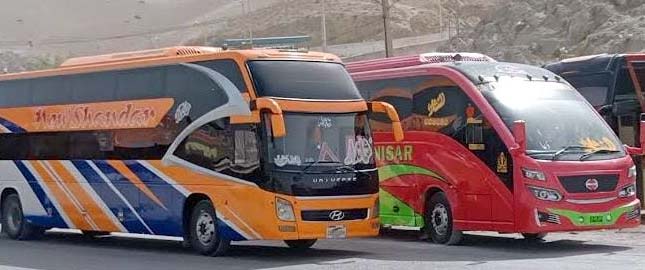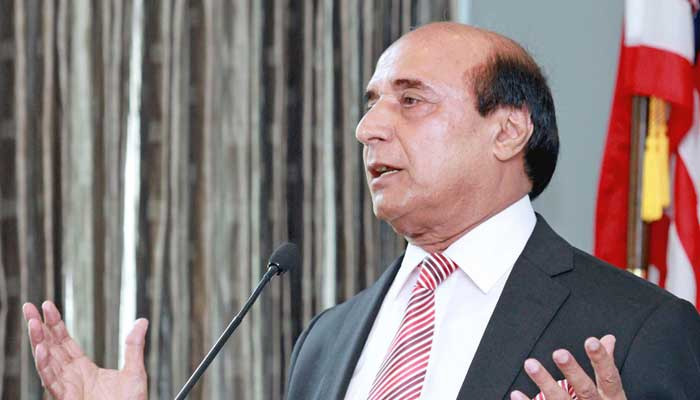Trump’s Statement on Panama Canal Control Sparks Renewed Global Interest
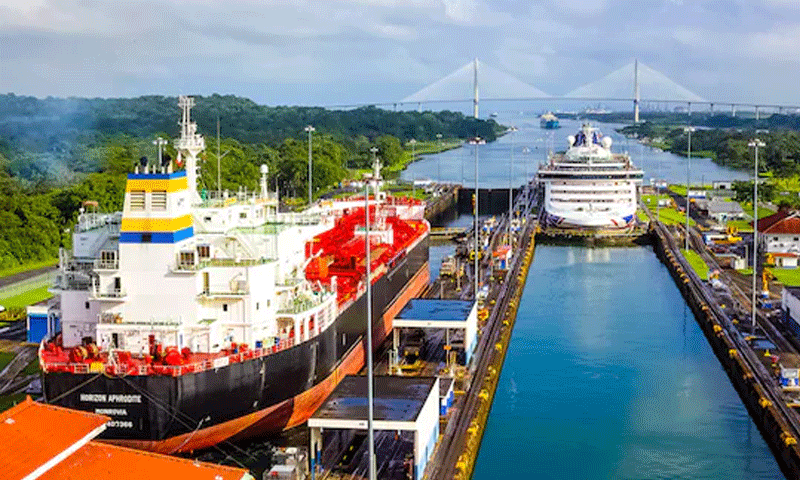
Islamabad:The Panama Canal has once again become a focal point of international attention following a statement by U.S. President-elect Donald Trump. Trump has threatened to demand the return of control over the vital waterway if Panama does not reverse the recent increase in tolls for ships using the canal.
According to a report from Voice of America, the Panama Canal is a key maritime route that connects the Atlantic Ocean with the Pacific Ocean. It is controlled by Panama, which charges ships a toll for using the waterway. Trump’s recent statement, in which he criticized the toll hike and threatened to reclaim U.S. control of the canal, has raised questions about the future of this strategic trade route.
**Background of the Panama Canal and U.S. Control:**
The Panama Canal was originally built to facilitate trade between the East and West coasts of the United States and reduce travel times for ships. It cuts the distance between the Atlantic and Pacific Oceans by approximately 11,000 kilometers, which would otherwise require ships to navigate around the southern tip of South America, at Cape Horn. This waterway has long been a vital part of global shipping routes.
The United States controlled the canal until 1977, when the U.S. and Panama signed a treaty agreeing to hand over control of the canal to Panama. This agreement was fully implemented in 1999. The canal is now considered a national heritage of Panama, and its operations are overseen by the Panama Canal Authority, an autonomous government agency.
**The Panama Canal’s Importance:**
The canal is crucial for global trade, with approximately 5% of the world’s cargo passing through it. It serves as a vital link for shipping between 1,900 ports in 170 countries. The United States remains the largest user of the canal, accounting for 74% of the traffic, followed by China with 21%. The Panama Canal allows for significant savings in both time and fuel, making it particularly important for industries that rely on the timely delivery of goods, such as perishable items.
**Construction of the Panama Canal:**
The idea of constructing the canal was first proposed in the 1880s under the leadership of French diplomat Ferdinand de Lesseps, who had previously overseen the construction of the Suez Canal. However, the project faced numerous difficulties, including financial shortfalls and deadly diseases like malaria and yellow fever, which killed over 20,000 workers during the construction phase.
In 1903, the U.S. helped Panama gain independence from Colombia and began constructing the canal. The project took over 10 years and cost more than $380 million, with an estimated 5,600 workers losing their lives. The canal was officially opened on August 15, 1914.
**U.S. Withdrawal and the 1977 Treaty:**
After the canal’s completion, the U.S. maintained control over the waterway. However, by the 1970s, the question of U.S. control became a point of contention. Negotiations between Panama and the U.S. led to the 1977 Torrijos-Carter Treaty, under which the U.S. agreed to return the canal to Panama by December 31, 1999. The treaty marked the end of American control over the canal.
**Post-1999 Developments:**
Following the handover of the canal, Panama managed the waterway more efficiently than during the U.S. period. Between 1999 and 2004, Panama increased the tolls by 17%, and in 2006, voters approved a referendum allowing the canal’s expansion to accommodate larger, modern cargo ships. The expansion project, which was completed in 2016 at a cost of $5.2 billion, has made the canal capable of handling ships up to 1200 feet long and 161 feet wide, roughly the size of four football fields.
**Panama’s Response to Trump’s Statement:**
In response to Trump’s comments, Panama’s President, Juan Carlos Varela, asserted that the canal is Panama’s property and will remain so. He emphasized that, despite differences on other issues, the country is unified in maintaining control over this vital waterway. Panama’s government also pointed out that the increase in tolls was necessary to cover operational costs, particularly after droughts that affected the canal’s water reserves.
Trump’s remarks about the 1977 treaty have been met with skepticism by experts, who note that the agreement offers no provision for the U.S. to regain control of the canal. The future of the canal and its tolls remains a point of contention, but Panama’s position remains firm, and the country continues to partner with the U.S. on other important regional issues, including combating illegal immigration.
This renewed interest in the Panama Canal underscores its continued geopolitical significance and the delicate balance of power and influence that governs this essential global trade route.
